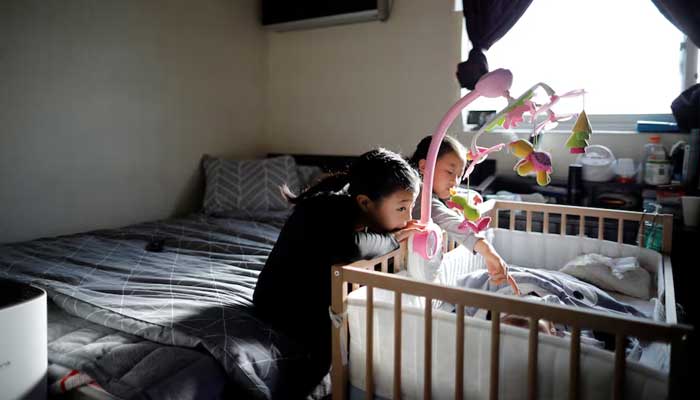South Korea has recorded its first rise in birthrate in nine years, a surprising shift attributed to a significant increase in marriages. The country, which has long struggled with one of the world’s lowest fertility rates, is witnessing a potential demographic turnaround.
The Marriage Surge and Its Impact
One of the key drivers behind this uptick in birthrate is the notable rise in marriages. Data shows that more couples are tying the knot, leading to a higher number of births. Experts suggest that delayed weddings due to past economic uncertainties and pandemic-related disruptions have contributed to this surge.
Government Policies and Social Shifts
South Korea’s government has implemented several policies to encourage childbirth, including financial incentives, improved parental leave, and childcare support. While these measures have shown limited success in previous years, the latest data hints at a possible positive shift in family planning trends.
Challenges Still Ahead
Despite this increase, South Korea’s birthrate remains among the lowest globally. High living costs, career pressures, and changing social dynamics continue to discourage many young couples from having children. Experts emphasize that sustained improvements will require long-term policy reforms and societal shifts.
The Road Ahead
While the recent birthrate increase is encouraging, demographic experts caution against premature optimism. Continued government support, workplace reforms, and cultural acceptance of work-life balance will play a crucial role in determining whether this trend can be maintained in the coming years.
Conclusion:
South Korea’s first birthrate increase in nearly a decade signals a potential shift, fueled by a surge in marriages and supportive policies. However, sustaining this growth will require consistent efforts to address economic and social challenges.



Comments (0)
No comments yet. Be the first to comment!
Leave a Comment